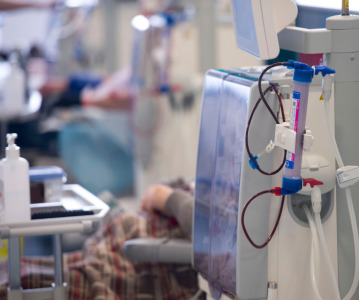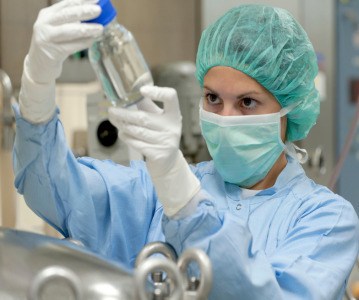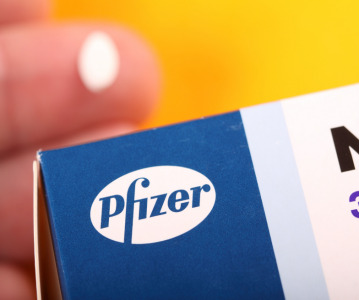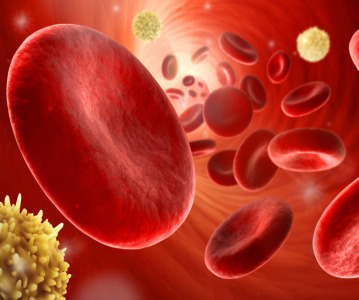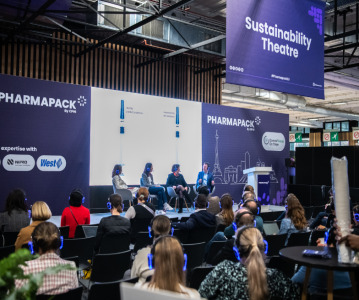CDMOs are vital conduits between CGT technology developers and potential adopters, says CPHI panel

Contract development and manufacturing organisations (CDMOs) will be vital conduits between cell and gene therapy developers and potential adopters of their technologies in a rapidly growing sector, according to experts at a recent online webinar.
The aim of the virtual CPHI Festival of Pharma Cell and Gene Technology roundtable, sponsored by Catalent Pharma Solutions, was to evaluate the myriad new technologies and process platforms in the field and how best to optimise processes and efficiencies.
Shirley O'Dea, Chief Scientific Officer, at Avectas – which is currently developing a non-viral delivery technology that enables delivery of molecules into cells for engineering purposes – said her company had reached the point of being able to transfer tech out and described CDMOs as “key players who help us expose out technology to the wider sector.”
“CDMOs see all the technologies at various stages of development, they see the tech transfer and onboarding processes, and they have highly experienced operators who can give feedback to the likes of ourselves as developers and help us improve our products and our technologies,” she said. “It’s also an opportunity to get an independent view on the technology, to potentially allow partners, through a three-way interaction between the developer, the CDMO and the therapy manufacturer, to work together.”
Thomas VanCott, Global Head of Product Development, Cell & Gene Therapy, Catalent said one of the big challenges for CDMOS operating in the cell and gene sector was the exponential growth of the field and the consequent requirement to work with several unique products and technologies simultaneously.
“Everybody’s coming in with a novel construct, some of these have never been manufactured or been in the clinic before, so it is a bit of a challenge because you’re working with a new product all the time,” he said. “As a CDMO, we’re learning every day from the clients – they’ve been developing these technologies for years. Manufacturing capacity is struggling to meet demand because of the growth, therefore we need to be incorporating all of the latest technologies, and we need to make sure that we optimise our processes and efficiencies.”
He added that CDMOs were also having to quickly adapt to decreasing clinical development timelines, such as the fast-track process for orphan drugs, but despite this were still looking at the various opportunities to innovate within the cell and gene space.
“In viral vectors, we’re trying to be more specific about tissue targeting, we want to be able to do direct dosing, we’d like to be able to carry in larger payloads, and all of these come at it with unique constructs which will require a unique manufacturing platform,” he said.
“The number of technologies and different processes that a CDMO sees give it a unique perspective,” said Jeff Liter, President & CEO of Luminary Therapeutics. “Even if you aren’t using a CDMO, and you have the opportunity to know somebody, that’s a great way to gain some insights into what’s working and not working in this field.”
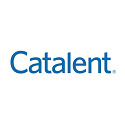
Related News
-
News US FDA adds haemodialysis bloodlines to devices shortage list
On March 14, 2025, the US FDA published an open letter to healthcare providers citing continuing supply disruptions of haemodialysis bloodlines, an essential component of dialysis machines. -
News Women in Pharma: Manufacturing personal and team success
Our monthly Women in Pharma series highlights the influential lives and works of impactful women working across the pharmaceutical industry, and how the industry can work towards making the healthcare industry and workplace more equitable and inclusive... -
News Pfizer may shift production back to US under Trump pharma tariffs
At the 45th TD Cowen annual healthcare conference in Boston, USA, Pfizer CEO Albert Bourla outlined the potential for Pfizer to shift its overseas drug manufacturing back to the US as pharmaceutical industry players weigh their options against Presiden... -
News Experimental drug for managing aortic valve stenosis shows promise
The new small molecule drug ataciguat is garnering attention for its potential to manage aortic valve stenosis, which may prevent the need for surgery and significantly improve patient experience. -
News Women in Pharma: Connecting accessible pharma packaging to patients – a Pharmapack Special
Throughout our Women in Pharma series, we aim to highlight how CPHI events encourage discussions around diversity, equity, and inclusion initiatives in the pharmaceutical industry. -
News Vertex Pharmaceuticals stock jumps as FDA approves non-opioid painkiller
UK-based Vertex Pharmaceuticals saw their stock shares soar as the US FDA signed off on the non-opioid painkiller Journavx, also known as suzetrigine, for patients with moderate to severe acute pain, caused by surgery, accidents, or injuries. -
News Trump administration halts global supply of HIV, malaria, tuberculosis drugs
In various memos circulated to the United States Agency for International Development (USAID), the Trump administration has demanded contractors and partners to immediately stop work in supplying lifesaving drugs for HIV, malaria, and tuberculosis to c... -
News 2024 Drug Approvals: a lexicon of notable drugs and clinical trials
50 drugs received FDA approval in 2024. The centre for biologics evaluation and research also identified six new Orphan drug approvals as under Biologics License Applications (BLAs). The following list picks out key approvals from the list, and highlig...
Recently Visited
Position your company at the heart of the global Pharma industry with a CPHI Online membership
-
Your products and solutions visible to thousands of visitors within the largest Pharma marketplace
-
Generate high-quality, engaged leads for your business, all year round
-
Promote your business as the industry’s thought-leader by hosting your reports, brochures and videos within your profile
-
Your company’s profile boosted at all participating CPHI events
-
An easy-to-use platform with a detailed dashboard showing your leads and performance
